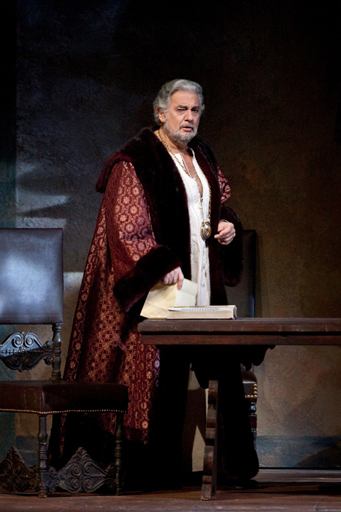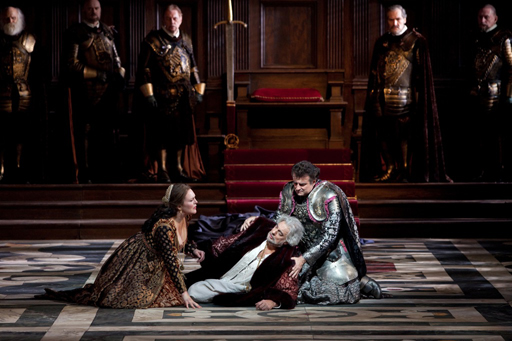In a pre-concert address, Maurico Jazzetti shared remembrances of his father, Mario Jazzetti. It was obvious that he had great esteem and love for his father, and this concert was his way of sharing that with the world. Mario Jazzetti’s The Profile The Life And The Faith Across The Notes was presented. Having remarked on his dream that “this work must be played at Lincoln Center,” the younger Jazzetti must have felt great joy at making this dream a reality.
Mario Jazzetti (1915-1986) began his piano studies at age five and gave his first concert at age nine. He earned his diploma in piano in Naples and had a successful performing career in Italy in the pre- and post- World War II years. He immigrated to the United States in 1951, where he continued his career as a teacher and performer, including concerts at Town Hall and Carnegie Hall. The Profile The Life And The Faith Across The Notes was first performed in a two-piano version in 1983. A planned orchestral version was cancelled due to Mr. Jazetti’s ill health in 1984.
Billed in the program as a symphonic poem, in the program notes as a symphony concerto, and on the Internet as a piano concerto, it is apparent that the presenter is undecided on a final designation. Despite its titles’ far-reaching ambitions, this work seems ultimately to be none of the above. One might call it a suite, but it is really a pastiche of six works, composed at different times in Mr. Jazzetti’s life and placed together. Split into two sections (four movements, followed after intermission by the last two), the six movements are meant to represent the life journey, from birth to the end of life. They are titled Ninna Nanna (Lullaby), La bicicletta (The Bicycle), Tristezza d’amore (The Sadness of Love), Gioia di una Promozione (Joy of Graduation)– La Farfalla (The Butterfly), Tragica Realta’ Della Vita (The Tragic Reality of Life, also called the War Concerto), and Ave Maria.
With one movement written in his teens (Ave Maria), another conceived during World War Two (The Tragic Reality of Life), and the rest at other times not detailed in the program notes, the work has an uneven quality as one might expect. The influences of Grieg (especially the Piano Concerto), Tchaikovsky, Chopin, Liszt, and other romantic composers were prominent throughout in an overtly derivative manner, yet without these composers’ individual formal clarity, the effect was that of a collage. Thus, despite the organization into phases of life, there was an amorphous quality to the set. Conventional cadenza-like passagework was frequently used as thematic material, so that melodic lines become almost undistinguishable as such, while harmonic progressions bordered on the formulaic. There were, to be sure, poignant moments, but the surrounding material overwhelmed them.
Pianist Francesco Libetta was the star of the evening. Playing with great abandon, he broke a string on the Fazioli piano during The Tragic Reality of Life movement, much to the amazement of the audience. Soprano Donata Cucinotta and tenor Matt Morgan gave strong performances as well. The New York Choral Society was solid in their role – though what precisely that role was meant to be might have been clearer had there been a printed text, either in the original Italian or in translation (which was missing for the solo singers as well), a considerable omission in this case. Last, but not least, the Chelsea Symphony Orchestra was excellent from start to finish in a performance that completely outclassed another orchestra’s earlier performance of the work, as recorded in Italy (since removed from YouTube). The audience gave the performers a prolonged standing ovation at concert’s end.



